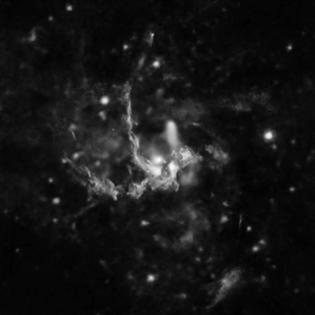You Light Up My House
Explore how electricity is used and measured. Through data collection tables, young people analyze how much energy their families consume and reflect on ways to conserve energy.
The learner will:
- read an electric meter and calculate energy consumption.
- state reasons for conserving non-renewable energy.
- copies of handouts below: My Electric Use Diary and My Electricity Use Diary Part 2
- Pictures of different types of Electric Meters
Contact a local expert to speak to the young people about how energy is produced and distributed. Have them share information about conservation and plans for moving toward wind, solar, and hydro power.
Instructions
Anticipatory Set:
Show online images of different meters that measure gas and electrical usage on a house. Ask where they have seen this and what it does. Discuss the purpose of these meters to measure energy usage so we can pay for our electricity (and gas) by how much we use. Some meters have four or five dials that measure units of energy usage in thousands or tens of thousands of kilowatt-hours (kWh).
Display a copy of an electric bill. They show current charges and a chart of usage over the year. Discuss why there are differences in the amounts. The electric company bills individual households for the amount of electricity consumed each month.
Show how to read an electric meter by recording the numbers shown on the dials, starting with the far left dial first. If the hand of the dial rests between two numbers record the lesser of the two numbers. To calculate the amount of electricity used in a day, subtract the previous day’s reading from the current day’s reading. Practice a few examples.
Talk about the local source of energy - where it is located and what creates the energy. Bring in an expert, if possible.
Electricity is generated at the local power plant through the use of various forms of energy. Those include fossil fuels like coal and oil as well as non-fossil fuels like wind, solar power, and hydro (water). Energy created from fossil fuels is considered a non-renewable resource. It is a limited resource. Wind, sun, and water forms of energy can be renewed.
Discuss the idea that we need to conserve energy because the non-renewable fuel sources will eventually be depleted.
Distribute the worksheet My Electricity Use Diary (See handout below). Ask them to keep a record for a week of the kilowatt hours used by their family.
After the data has been collected for one week, learners complete the worksheet, My Electricity Use Diary Part 2 in order to analyze the week’s electricity usage and make inferences about ways to conserve.
Once the learners have recorded, calculated and analyzed their own daily electricity usage, discuss the observations as a whole group. Which activities do they think used the most energy? Which used the least energy?
Brainstorm ways to reduce energy usage. Talk about three things that their family would be willing to do to reduce the amount of energy they consume.
Philanthropy Framework
-
Strand PHIL.II Philanthropy and Civil Society
-
Standard PCS 03. Philanthropy and Economics
-
Benchmark MS.5 Define <i>stewardship</i> as a trust of common resources held by a community for citizens.
-
-
